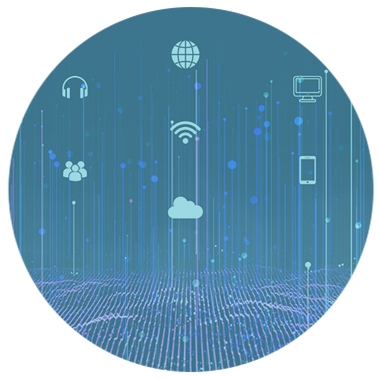Technological projects portfolio
 USE CASES
USE CASES
AVE-TAL consists in developing a set of technological building blocks based on recent progress in the field of NLP (Natural Language Processing). The resulting virtual assistant (chatbot) must be able to assist users to understand a set of documents on a certain theme.
The purpose of the project is to unlock certain technological blockages for the design of this virtual teaching assistant, which is capable of adapting to various disciplines, learning continuously, participating in dialogues and personalizing its actions according to the profile of each student.
The tool will be designed to be fast, mostly unsupervised and as economical as possible. It should also be compatible with integration times of a few weeks.
 ADVANTAGES
ADVANTAGES
There are many existing chatbots based on decision tree technologies that require intense manual preparation and which can only cover a very limited number of scenarios. In addition, the results of this generation of assistants have generally been disappointing.
Chatbots using advanced and recent technologies, such as those developed for AVE-TAL, obtain much better results, though they are not yet widely available. While technological advances since 2018 have been considerable, as of now, they are rarely implemented.
The technologies developed for this project will make it possible to:
• exploit structured or unstructured knowledge;
• automatically generate questions;
• transfer learning so the tool is adaptable to several disciplines;
• use and optimize advanced open source NLP models;
• implement continuous learning to customize the behavior of the tool according to the learner’s profile;
• provide fluid assistance thanks to a human-machine interface that is augmented by conversational AI technology.
A well-trained assistant could therefore respond to 80% of user questions, continuously (24/7).
 APPLICATIONS
APPLICATIONS
AVE-TAL aims to ensure continuity for schools by assisting human teachers and helping online students find the answers to their questions. More generally, the target users are adults in professional training programs, school and university students, and people enrolling in MooCs (Massive Open Online Courses).
The medical field (in connection with the analysis of patient files or medical literature, for example), legal field (analysis of client files) or even translation to and from sign language may represent alternative applications for this technology, as well.

